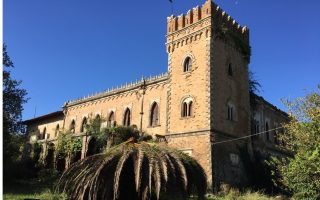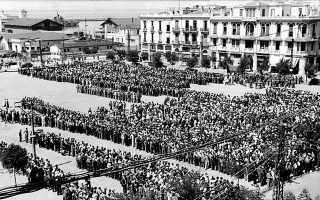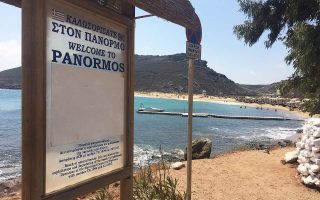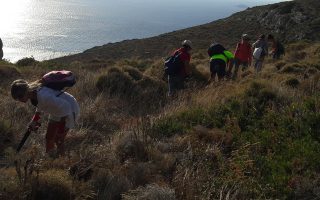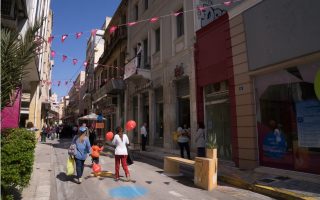The ghosts of Thessaloniki are still here
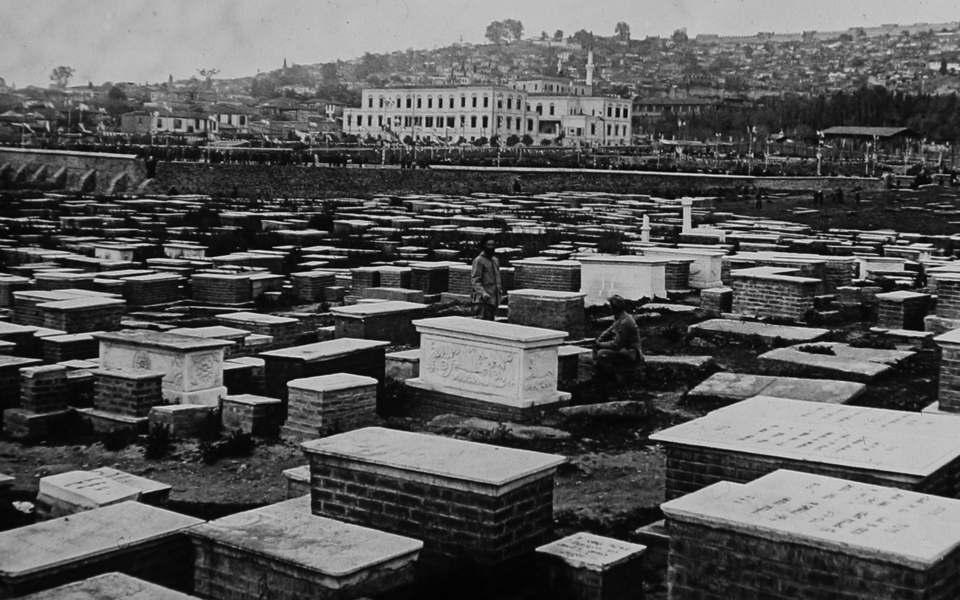
Seventy-five years ago today, during the German occupation of Greece, began the destruction of the historic Jewish cemetery of Thessaloniki, Greece’s second largest city. The cemetery was established in ancient times and on the eve of the Second World War counted approximately 500,000 graves in an area of 350,000 square meters, making it probably the largest Jewish cemetery in Europe and maybe the world. Within a few weeks, wrote an eyewitness, “the vast necropolis, scattered with fragments of stone and rubble, resembled a city that had been bombed, or destroyed by a volcanic eruption.” According to a report by the US consul in Istanbul, “recently buried dead were thrown to the dogs.”
This act was not a purely German initiative. Besides, one can visit Jewish cemeteries today in the center of Berlin. The initiative came from the local authorities, which for a long time had tried to remove the cemetery from its location, close to the city center. “And this damned German occupation had to come, when, with the collaboration of an ironic fate, this old unsolvable problem of Thessaloniki found its dramatic solution,” in the words of Thessaloniki intellectual Georgios Vafopoulos. In its place today is the Aristotle University of Thessaloniki.
Its destruction traumatized the Jewish community, which at the time constituted 25 percent of the city’s population. It removed the symbolic roots of the Jewish residents from their native city. They were eyewitnesses of the sacrilegious flattening of the tombs of their ancestors. This destruction solidified the convergence of interests between the German and the local authorities, to the degree that it was described as the “harbinger of the soon total destruction of the whole Jewish Community of Thessaloniki, the most numerous center of the Jewry of the Orient.” In fact, a few months later commenced the transport of the vast majority of the Jewish population of the city, some 46,000 souls, to the extermination camp of Auschwitz-Birkenau.
In 2014, during the inauguration of the monument for the destroyed Jewish necropolis on the grounds of the university, Thessaloniki Mayor Yiannis Boutaris stated that the city “is ashamed of this unjust and guilty silence” and the stance of the city authorities at the time. The late vice rector of the university, Ioannis Pantis, stressed that, “today, however, the Aristotle University, free from guilt syndromes, regards this past, the history and loss of the Jews of Thessaloniki, as part of its own history as well.” Indeed, in recent years, a lot of progress has been made in the context of Jewish memory in the city, as shown by the planned creation of a Holocaust Museum, the re-establishment of the university chair of Jewish studies, the multilevel educational initiatives at Greek schools and the integration of this history into the school curriculum, the annual march of memory and the placement of memory stones.
Nevertheless, there are still issues that remain open: With the destruction of the cemetery, the place became a huge quarry and its materials were used for construction purposes. In Thessaloniki’s Cathedral of Saint Demetrius, one of at least 17 churches in the city for whose construction materials from the cemetery were used, one can still find marbles with Jewish inscriptions, from the “500 pieces of marble” which those then responsible had requested in October 1943 for the “reconstruction of the temple.”
The Royal Theater of Thessaloniki was laid in 1943 with “250 square meters of plaques 50 x 50 cm from marble from the former Jewish cemeteries,” according to the tender of the municipality, which can still be seen today. Vafopoulos narrates that German officer Max Merten “was jumping on them with his boots, saying that he could hear the squeaks from the bones of the Jews.”
The university’s medical school, established in 1943, used tombstones as anatomy tables, “constructed three troughs made of concrete and took bodies from the cemetery which were put inside for the practice of the students.” Unfortunately, notwithstanding how macabre all these facts may be, such examples in the city are many and visible to this day.
This sacrilege was legitimized by the widespread use of the materials by so many city institutions and the deafening silence that followed. The mayor and the university authorities made an important first step – admittedly with a grand delay. Seventy-five years later, in the name of historical memory and in a spirit of respect, brotherhood and humanity, the other institutions have the responsibility to expose this history and the origin of the materials with which they were built.
* Leon Saltiel holds a PhD in contemporary Greek history from the University of Macedonia and is a postdoctoral fellow at the Graduate Institute of International and Development Studies in Geneva with more than 15 years’ experience on human rights issues around the world, the majority of which was working with the United Nations institutions in Geneva.
